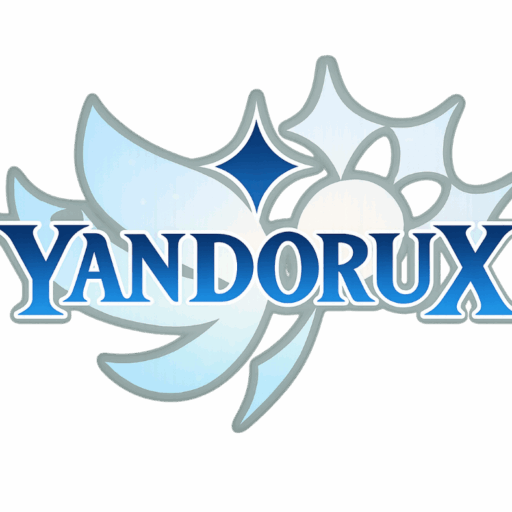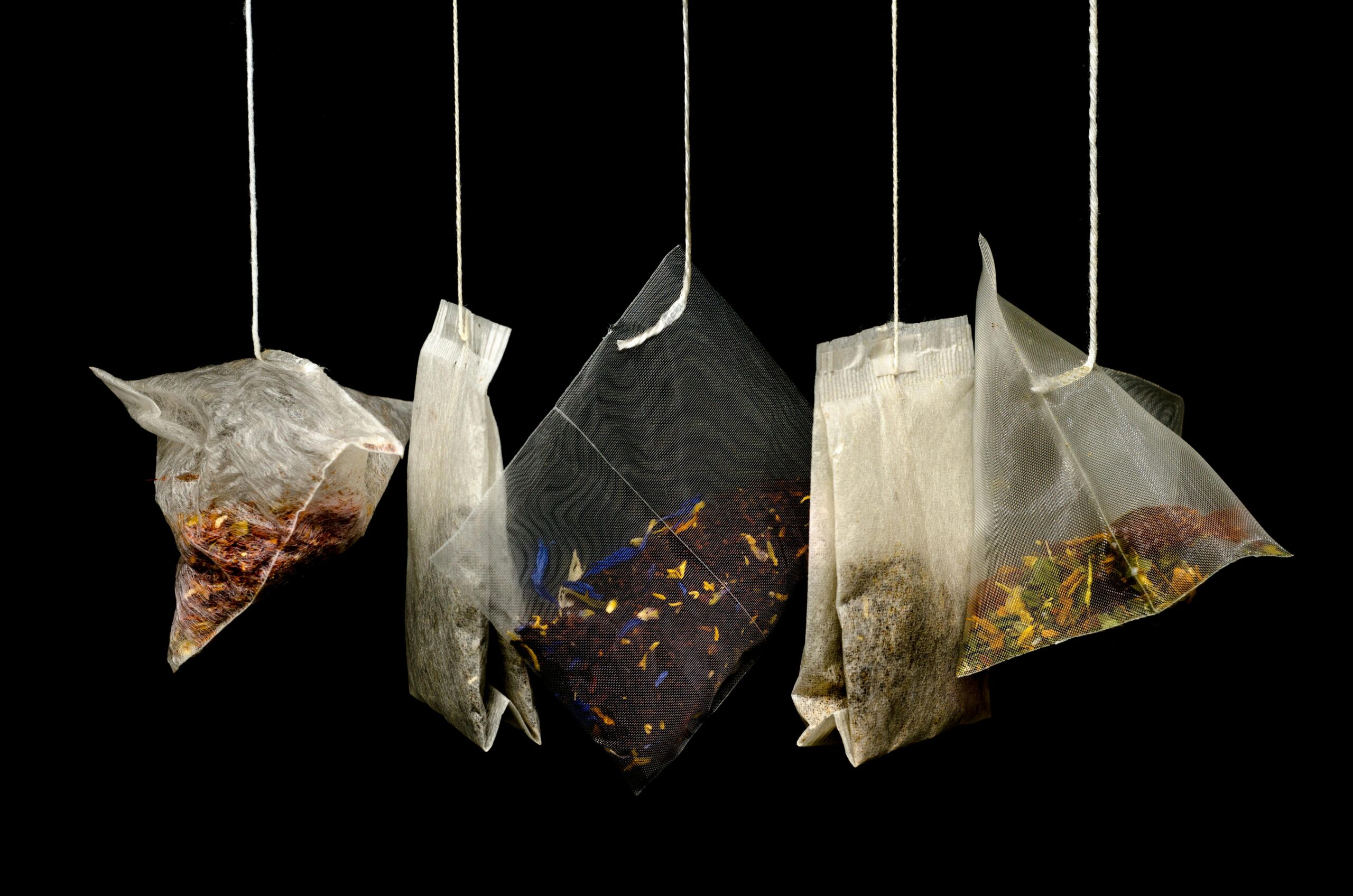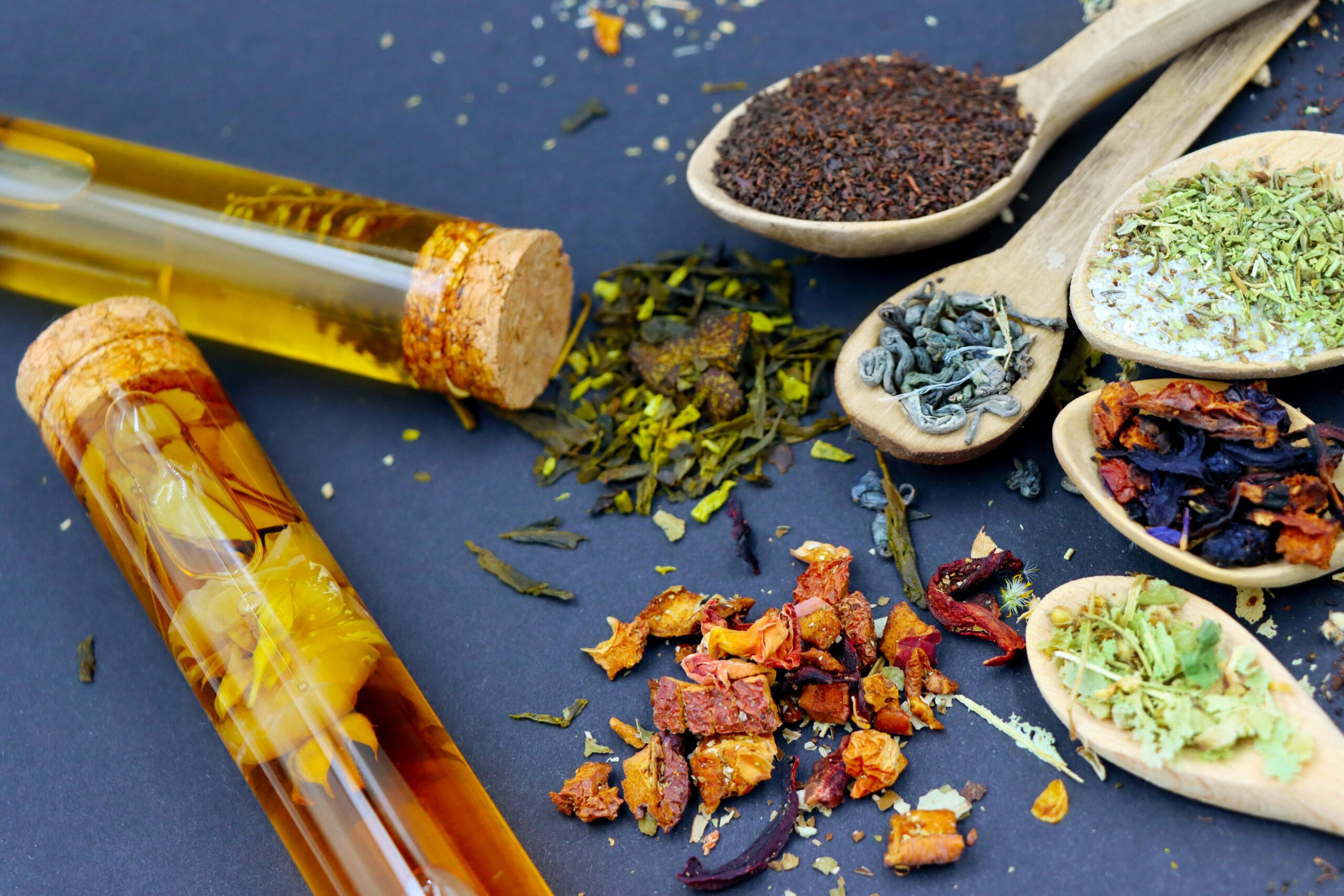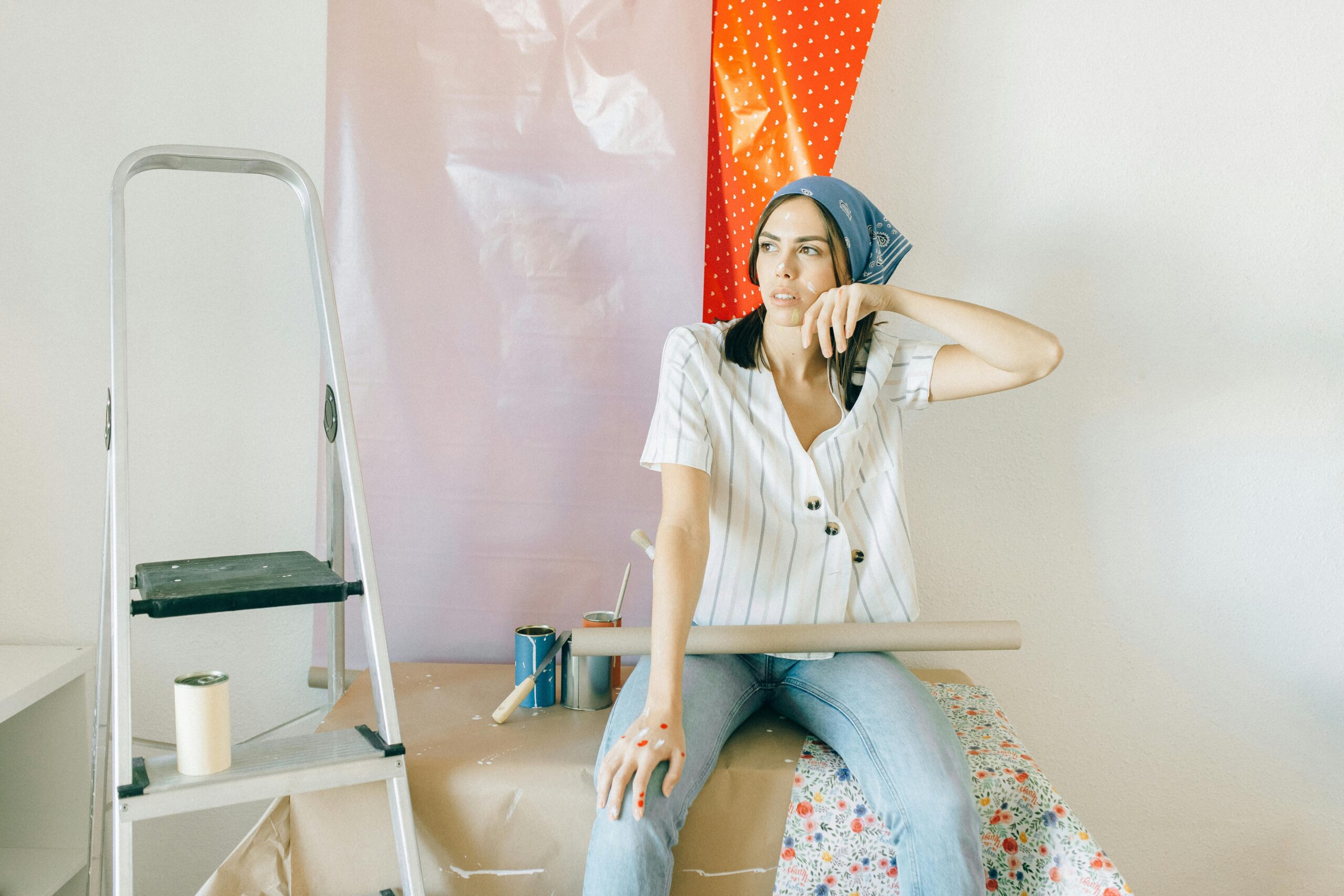Anúncios
The world of rodeo competitions and festivals offers a unique lens into cultural traditions deeply rooted in history and community spirit.
These high-energy events are more than just thrilling displays of skill and bravery; they are a celebration of heritage, showcasing the bond between people, animals, and the land.
Anúncios
From bull riding to barrel racing, these time-honored practices bring together local traditions, music, food, and unforgettable experiences.
In this exploration, we’ll dive into the origins of rodeo culture, its evolution over time, and the powerful sense of community it fosters.
Anúncios
Discover how these events serve as a living testament to resilience, craftsmanship, and rural pride, while also attracting global audiences.
Whether it’s the electrifying atmosphere of a rodeo arena or the vibrant festivities that surround it, there’s a lot more to these gatherings than meets the eye.
Join us as we unravel the significance of rodeo competitions and festivals, examining how they continue to shape identities, support economies, and create lasting memories.
This journey into the heart of cowboy culture reveals the enduring charm and relevance of these events in a fast-changing world.
The Origins of Rodeo: A Historical Perspective
From Ranch Work to Competitive Spectacles
The roots of rodeo lie deeply intertwined with the daily lives of cattle ranchers in the Americas during the 18th and 19th centuries. Originally, rodeo events were not meant for entertainment but were practical showcases of essential skills used in herding cattle.
These tasks included roping, riding, and branding, which were vital for ranching operations in regions like Mexico, the western United States, and Canada.
Over time, these everyday tasks evolved into informal competitions among cowboys (and vaqueros, their Mexican counterparts).
These contests allowed ranch hands to demonstrate their prowess and share techniques. The first documented rodeo-style events date back to the early 1800s, with more structured competitions emerging by the mid-19th century. The transition from work to sport laid the foundation for rodeo as a cultural institution.
What started as a form of occupational necessity became a unique blend of skill and showmanship. The influence of Spanish traditions, particularly charreadas—festive events that included equestrian performances and cattle-handling skills—also contributed significantly to the early framework of rodeo.
As these practices migrated northward, they merged with the practices of American ranchers, creating a hybrid tradition that reflected the multicultural history of the Western frontier.
Institutionalization and the Role of Rodeo Organizations
The formalization of rodeo began in earnest in the late 19th and early 20th centuries. By 1883, Pecos, Texas, hosted what is widely regarded as the first modern rodeo, complete with a paying audience and structured competitions. The growing popularity of such events led to the establishment of rodeo organizations that standardized rules and promoted the sport.
One of the earliest organizations, the Rodeo Cowboys Association (RCA), founded in 1936, later became the Professional Rodeo Cowboys Association (PRCA). These bodies were crucial in transforming rodeo from local competitions into a recognized professional sport. They implemented standardized rules for events like bull riding, calf roping, and barrel racing, ensuring a fair and consistent experience for competitors and audiences alike.
The institutionalization also brought about advancements in safety protocols and animal welfare standards, addressing concerns that had long been associated with the sport. Today, organizations like PRCA and the Women’s Professional Rodeo Association (WPRA) play pivotal roles in maintaining the sport’s integrity and its connection to its cultural roots.
The Spectacle of Rodeo: Events That Define the Tradition
Roughstock Events: The Art of Endurance
Roughstock events are among the most iconic elements of any rodeo, requiring a combination of physical strength, mental toughness, and precise technique. These events include bareback riding, saddle bronc riding, and bull riding. Competitors aim to stay atop bucking animals for at least eight seconds while demonstrating control and skill, a feat that is far easier said than done.
In bareback riding, cowboys grip a rigging—a suitcase-like handle strapped to the horse—while attempting to maintain balance and showcase fluid motion. Saddle bronc riding, often described as the “classic” rodeo event, involves a saddle but demands the same level of skill in controlling both the animal’s movements and the rider’s own body. Bull riding, arguably the most thrilling and dangerous of the three, pits riders against massive bulls, testing their strength and composure against an unpredictable adversary.
Judging in roughstock events takes into account both the rider’s performance and the animal’s movements. This dual focus highlights the symbiotic relationship between competitor and animal, where the unpredictability of the ride is part of the allure.
Timed Events: Precision and Speed Under Pressure
Timed events showcase the technical skills and quick reflexes of both cowboys and cowgirls. These include calf roping (or tie-down roping), steer wrestling, team roping, and barrel racing. Each event emphasizes speed, precision, and coordination.
In calf roping, the rider chases down a calf on horseback, lassoes it, and then dismounts to tie three of its legs together. The clock stops when the task is complete. Steer wrestling, also known as “bulldogging,” involves jumping from a galloping horse onto a steer and wrestling it to the ground—a display of raw strength and impeccable timing.
Team roping requires two riders to work in unison: one ropes the steer’s horns while the other ropes its hind legs. This event underscores the importance of partnership and synchronization. Barrel racing, a favorite among female competitors, involves navigating a horse around a cloverleaf pattern of barrels in the fastest time possible. The event demands a blend of agility, speed, and precise control.
Rodeo as a Cultural Festival: Beyond the Arena
The Role of Music, Food, and Fashion
Rodeo competitions are often the centerpiece of larger cultural festivals that celebrate the heritage and lifestyle of the cowboy and ranching communities. These festivals are as much about the broader cultural experience as they are about the events themselves. Music, for example, plays a pivotal role, with live performances featuring country and western genres that resonate deeply with the cowboy ethos.
Food is another cornerstone of rodeo festivals. From barbecue and chili cook-offs to traditional dishes like tamales and fry bread, the culinary offerings reflect the diverse cultural influences that have shaped rodeo communities. Food vendors and competitions add a layer of festivity and provide an opportunity for local businesses to showcase their craftsmanship.
Fashion at rodeos is a vibrant mix of practicality and style, rooted in cowboy traditions. Attendees and participants alike sport iconic elements like cowboy hats, boots, and denim, often embellished with intricate designs. For many, the fashion is as much a statement of identity as it is a nod to the historical roots of the event.
Community Engagement and Economic Impact
Beyond the spectacle, rodeos play a vital role in fostering community bonds and supporting local economies. Many rodeo events are organized as fundraisers for community projects, schools, or charities, making them a cornerstone of civic engagement in rural areas. They offer a platform for local artisans, food vendors, and performers, providing economic opportunities and promoting regional culture.
Rodeos also attract tourism, drawing spectators from far and wide. This influx of visitors boosts local businesses, from hotels and restaurants to retail shops. The economic impact can be significant, particularly for small towns where rodeo events often serve as the highlight of the year.
Additionally, rodeo festivals often include educational components, such as workshops and demonstrations, that teach attendees about the history and techniques of ranching and rodeo. These activities ensure that the cultural knowledge associated with rodeo is preserved and passed on to future generations.
The Evolving Landscape of Rodeo: Challenges and Innovations
Addressing Animal Welfare Concerns
One of the most significant challenges facing modern rodeo is the issue of animal welfare. Critics have long argued that certain events may cause unnecessary stress or harm to animals, prompting a reevaluation of practices within the industry. In response, rodeo organizations have implemented stricter regulations and oversight to ensure the humane treatment of animals.
For example, the PRCA enforces rules that mandate veterinary care and limit the use of tools like spurs and ropes to prevent injury. Many rodeo events also have on-site veterinarians who monitor the condition of the animals and provide immediate care if necessary. These measures aim to balance the traditions of rodeo with contemporary ethical standards.
Innovation also plays a role in addressing these concerns. Technologies such as advanced padding for animals and riders, as well as improved facilities, have been introduced to enhance safety and minimize risks. These advancements reflect an ongoing effort to adapt rodeo traditions to align with modern values.
Diversifying Participation and Expanding Audiences
Historically, rodeo has been dominated by male participants, but recent years have seen increased efforts to promote inclusivity. Organizations like the WPRA have created opportunities for women to compete at the highest levels, particularly in events like barrel racing. Similarly, initiatives to include more participants from diverse cultural and ethnic backgrounds aim to broaden the appeal of rodeo.
Efforts to attract younger audiences have also led to the incorporation of new elements, such as music festivals and interactive exhibits, into rodeo events. Social media platforms have become vital tools for engaging with fans and showcasing the excitement of rodeo to a global audience. These strategies not only preserve the tradition but also ensure its relevance in an ever-changing cultural landscape.

Conclusion: Embracing the Legacy and Future of Rodeo
The rich tradition of rodeo continues to hold a special place in the cultural fabric of communities across the Americas and beyond. Rooted in the practical skills of ranching, rodeo has evolved into a multifaceted celebration of heritage, skill, and community.
From the breathtaking displays of roughstock events to the precision and speed of timed competitions, rodeo remains a testament to the grit and resilience of its participants.
Beyond the arena, rodeo festivals provide a holistic cultural experience that celebrates the cowboy lifestyle. With lively music, diverse culinary offerings, and iconic fashion, these events foster a sense of unity while showcasing the unique histories of local communities.
The economic and social impacts of rodeo extend far beyond entertainment, driving tourism, supporting local businesses, and strengthening communal bonds.
However, the evolving landscape of rodeo underscores the importance of balancing tradition with progress. Efforts to address animal welfare concerns, promote inclusivity, and engage younger audiences reflect the resilience and adaptability of this cultural institution.
By embracing innovation and diversity, rodeo ensures its enduring relevance for future generations while honoring its storied past.
As a dynamic blend of history, sport, and cultural celebration, rodeo remains a cherished tradition that connects people to the values of hard work, community, and shared identity. Whether you’re a seasoned fan or a curious newcomer, there’s no denying the enduring allure of saddling up for the wild ride that is rodeo.






